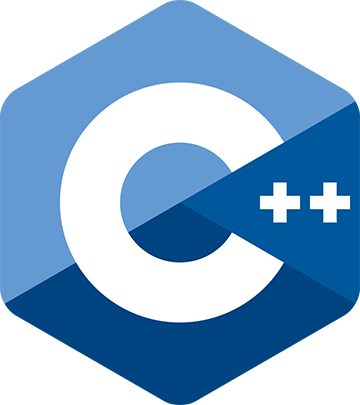CppCon 2020 Trip Report--Shafik Yaghmour
And another.
CppCon 2020 Trip Report
by Shafik Yaghmour
From the article:
CppCon 2020 was online this year due to Covid-19. I was not sure what to expect from an online only conference. I had heard mildly positive feedback from recent online only conferences but this would be my first experience. For the most part the experience exceeded my expectations. There were were technical problems here and there but mostly it ran smoothly. It was fatiguing to watching videos for so long but since I was home I was able to stretch in between sessions and move around and that usually helped...
